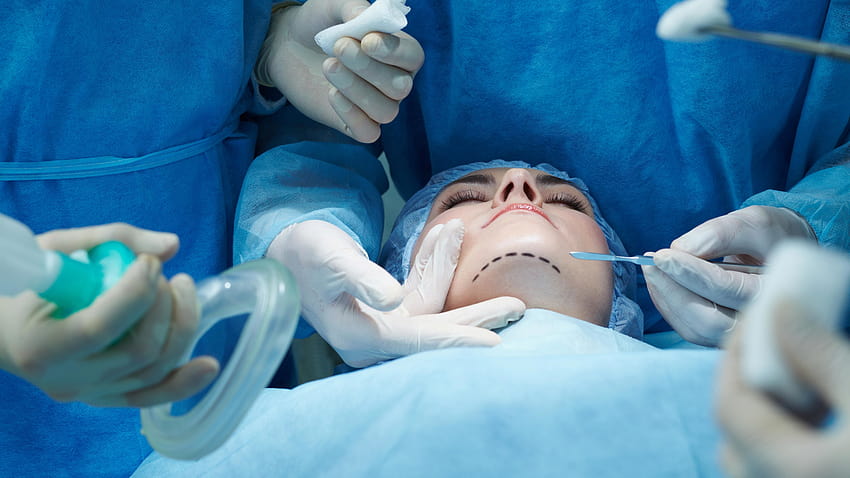
FAQ About Plastic Surgery
Plastic Surgery
2 years ago | gizem
Are there any risks associated with liposuction?
Yes, as with any surgical procedure, liposuction carries certain risks and potential complications. It is important to be aware of these risks and discuss them with a qualified plastic surgeon before making a decision. Here are some of the possible risks associated with liposuction:
- Bleeding: Excessive bleeding during or after the surgery is a potential risk. While precautions are taken to minimize bleeding, it can occur and may require additional treatment or intervention.
- Infection: Infections can develop after surgery, though they are relatively rare. Proper pre-operative preparation, sterile techniques during surgery, and post-operative care can help reduce the risk of infection.
- Fluid accumulation: Following liposuction, fluid may accumulate under the skin, causing swelling and discomfort. This can usually be managed by draining the fluid with a small needle or by wearing compression garments as recommended by the surgeon.
- Numbness or changes in sensation: Some temporary numbness or changes in sensation may occur in the treated area due to nerve irritation. In most cases, sensation returns gradually over time, but there is a possibility of permanent numbness in rare instances.
- Uneven contours or irregularities: Liposuction aims to create smoother and more contoured body contours. However, there is a risk of uneven or irregular results, especially if there is significant fat removal or if the technique is not executed properly. Additional procedures or revisions may be required to address any contour irregularities.
- Skin irregularities: In some cases, the skin may appear bumpy, wavy, or have a dimpled appearance after liposuction. This can occur if the skin's elasticity is poor or if too much fat is removed. The surgeon will evaluate your skin quality and provide recommendations to minimize this risk.
- Deep vein thrombosis (DVT) and pulmonary embolism (PE): These are rare but potentially serious complications associated with any surgery. DVT is the formation of blood clots in deep veins, typically in the legs, and PE occurs when a blood clot travels to the lungs. Measures such as early ambulation, compression stockings, and blood-thinning medications may be employed to minimize these risks.
- Anesthetic risks: Liposuction is usually performed under general anesthesia or local anesthesia with sedation. Both types of anesthesia carry their own risks, including adverse reactions, breathing difficulties, and medication allergies. Your anesthesia provider will assess your medical history and overall health to determine the most suitable anesthesia approach.
